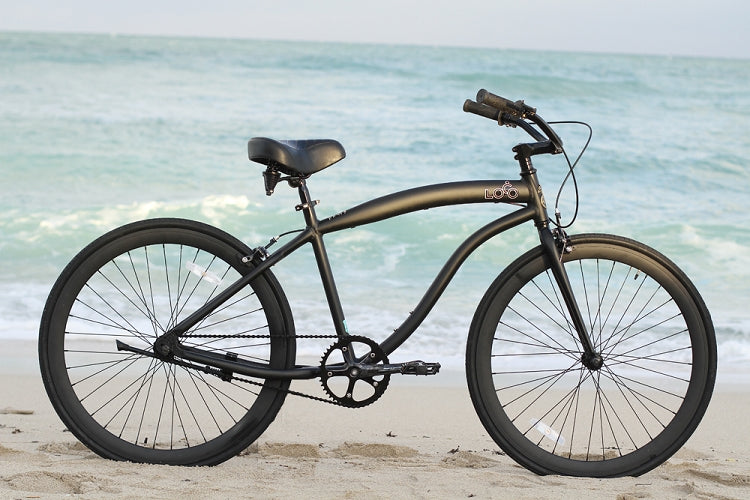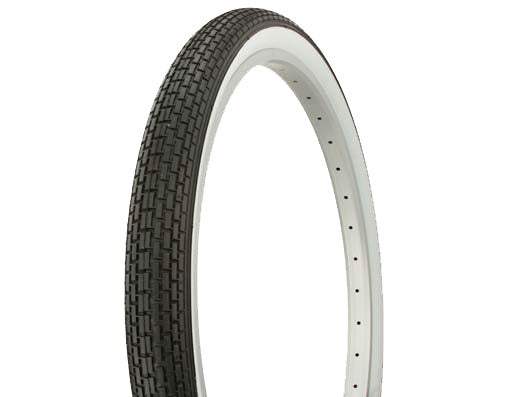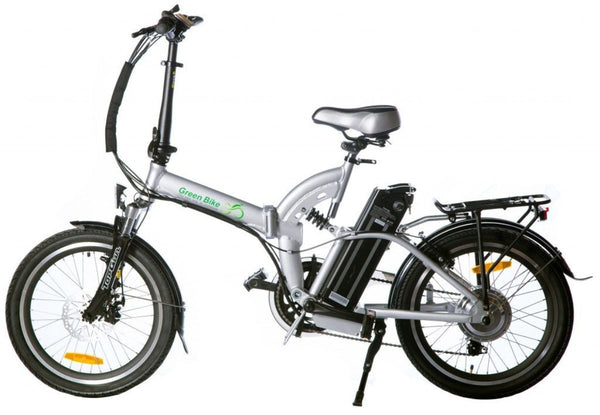
Though having a bicycle is a rite of passage for children, most become less dependent on their two-wheeled companions once they are able to drive. So today, with the growing importance of sustainability and environmental friendliness, many adults are interested once more in their first vehicles: the bicycle. However, with all of the models on the market today, it can be easy to quickly become discouraged if you don’t know exactly what you want. But, luckily for anyone currently searching for a bike, the following is a short description of a few common bike styles available now!
If you have ever seen anyone zipping around a city aboard a trendy looking bike, it is likely that you saw the first style of bike we are highlighting today: fixies! This name is derived from the fact the chain is directly “fixed” to rear hub, meaning the rider must pedal as long as the bike is moving (i.e. you can’t coast). Some of the first bikes in existence were fixed geared, but now fixies are predominately used as a means of fashionable and eco-friendly transportation. The main reasons these bikes are so popular in the city is because they are (generally) inexpensive, they are very simple, and they require minimal maintenance. Fixies use narrow, slick tires and frequently have “drop” handlebars (like a road bike), but many urban riders are swapping the drop bars for flat ones for even more simplicity. But, basically as long as your tires have air in them and the bearings in your wheels aren’t “completely seized” you can ride a fixie!
Low rider bicycles have a more recent genesis than fixies, as the first widely successful production model was the Schwinn Sting-Ray (which was released back in the early 1960s). However, the concept of a low rider can be traced farther back than the 60s as the idea was really just an augmentation of the post-World War II car and motorcycle modification craze. The original 1960s bikes were primarily designed for children, but today there are low riders for everyone! These bikes are highly diverse, due to their user customized nature, but for the most part they will have a relatively wide tire, sit low to the ground (compared to any other bike), and they generally feature wide upward sweeping handlebars. Some low riders will even have hydraulic or air suspension allowing them to change their “ride height.”
A bike very similar to the low rider would be the chopper bicycle. It is another highly modified style of bike, but differs from the low rider in a few key ways. While a low rider has a very upright riding position, a chopper’s design causes the rider to actually lean backwards as they are pedaling. The fork on a chopper is much longer than a low-rider’s and it stretches farther out in front of the bike. It is also not uncommon to see a sizably smaller front wheel featured on a chopper.
A fourth type of bike would have to be the incredibly popular “fat bike.” This style owes its design to a handful of innovators who decided to ride their bikes on the same course as the (in)famous Alaskan Iditarod sled dog race. No bike existed that suited their needs, so they started experimenting with tire widths and even the use of 3 (or more) wheels to increase traction. The 3, 4, and 5 wheeled variants (thankfully) didn’t really catch on, but the idea of increased traction surely did. Today’s fat bikes have tires anywhere between 3 and 5 inches wide and use predominately mountain bike components, but must have a highly specialized frame and fork to accept tires twice as wide as other mountain bikes.
A more leisure focused version of the fat bike would be the cruiser family of bikes. This is a much older style of bike, as compared to the relatively new fat bikes, originating as far back as the 1930’s (again) with Schwinn’s release of a rather poorly named model: the B-10E Motorbike (though it had no motor). They were designed to resemble the motorcycles that were common during that era. Today’s cruisers (or beach cruisers as they are sometimes called) haven’t changed too much in aesthetics from the early bikes, but have been significantly lightened as compared to the original B-10E. Beach cruisers feature a wide “balloon” style tire, a faux gas tank, an upright riding position, and wide backward sweeping handlebars. They are truly the ideal bike for cruising around a cool part of town! Now, armed with this knowledge you should be better equipped to equip yourself with an awesome new bike!



